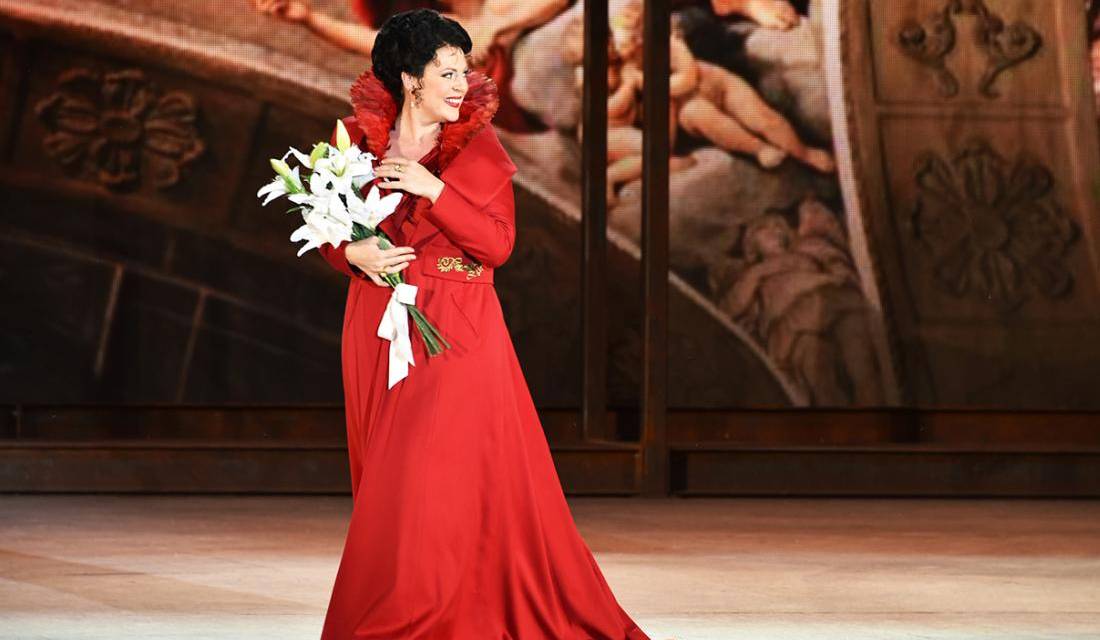Name: Tosca
Composer: Giacomo Puccini
Librettist: Luigi Illica and Giuseppe Giacosa
First performed: 14 January 1900 at the Teatro Costanzi, Rome
In one sentence: Rome’s beloved diva Floria Tosca is tricked into revealing the hiding place of her lover Mario Cavaradossi to corrupt police chief Baron Scarpia, who gives her a terrible choice: sleep with him or Cavaradossi will die.
Famous characters: the tragic Tosca herself, of course, her lover, the painter Cavaradossi, and police chief Scarpia. Maria Callas is often considered the supreme interpreter of the eponymous heroine, while both Enrico Caruso and Plácido Domingo made memorable Cavaradossis.
Music you might recognise: Tosca has some of opera’s most iconic music, including the heroine’s own soprano aria ‘Vissi d’arte’ (‘I lived for art’), and ‘E lucevan le stelle’ (‘And the stars were shining’), Cavaradossi’s heartwrenching farewell to Tosca.
Synopsis
Rome in 1800 was a time of great political unrest, and Cesare Angelotti, a former Republican leader but now a political prisoner, is in hiding. His friend the painter and Republican sympathiser Mario Cavaradossi lets him hide out in his country villa. However, Baron Scarpia, Rome’s tyrannical chief of police, suspects that Cavaradossi has helped Angelotti. He hatches a plan to manipulate the painter’s lover, Rome’s most celebrated opera singer Floria Tosca, into revealing Cavaradossi’s location.
Scarpia tortures Cavaradossi while Tosca listens helplessly. Eventually she breaks down and gives up Angelotti. Cavaradossi is devastated when he hears of what he feels is his lover’s betrayal. Scarpia offers Tosca a terrible choice: she must give herself to Scarpia, or her lover will die. Her choice will have terrible consequences.
Image
Greek soprano Alexia Voulgaridou as Tosca in the Arenaria Opera Festival 2015 production of the opera (Christian Michelides via Wikimedia Commons).

